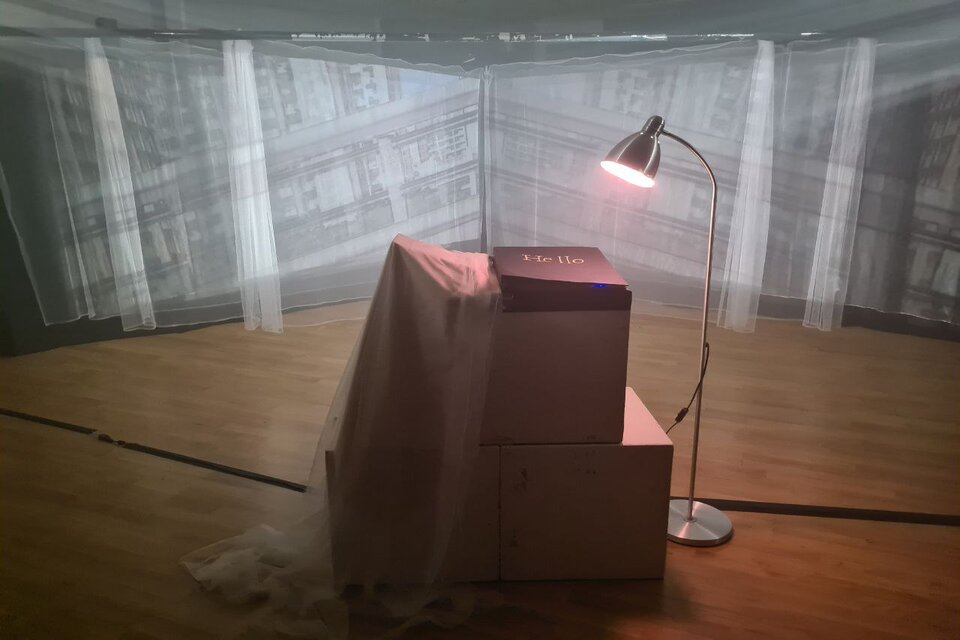Playback speed:
What is Somewhere In This Fog of Memory?
Nicolette and Zhansen: Somewhere In This Fog of Memory is an interactive art installation about the emotional experience of dementia, from the perspective of a person living with dementia. A darkened room is filled with memory fog, amorphous and lingering; a book stands in the centre of the room, lit under the light of a single table lamp. This book is the soul of the person living with dementia, and turning the pages triggers a dancing figure, the shape of the soul, whole and unbroken, on the layers of memory fog before the book.
Why did you choose dementia and dementia progression as the subject matter of your art installation?
Nicolette: We started planning for this project 2 years into COVID. Two things inspired it – the very human need to connect and my own memories of my grandfather, who had dementia. It was harder to build new friendships during COVID, but many of us found a way to do so whether online or sparingly in real-life. And after talking to a doctor specialising about dementia, we realised that touch and connection can help in allowing someone living with dementia to feel cared for. I didn’t think much about my grandfather when I was younger, but as I get older, I’ve begun thinking more about him; this installation is my way of trying to understand him and dementia, perhaps a little too late, but it’s never too early to begin.
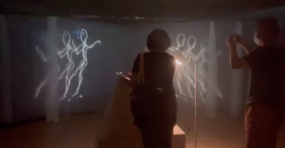
Visitors interacting with the installation
Why the choice of an art installation over other possible forms of expression?
Nicolette and Zhansen: It was our final year project, and a commission for the NUS Arts Festival 2022. An art installation is also immersive; it allows the visitor to put themselves in the shoes of a person living with dementia, building empathy.
In light of the many possible reasons for this project, what was the main impetus for this project?
Nicolette and Zhansen: A way to make a specific point – we encountered a lot of literature and art about dementia that portrayed dementia as a tragedy and something that chipped away at the core of one’s being; we wanted to say something different, that the soul, what makes us human, and memory are two separate things.
Tell us about why your team made the creative choices you made when designing the installation.
Nicolette and Zhansen: We used a book motif to communicate the idea of a story in motion, and chose to separate the soul from the memory fog to communicate the idea of what makes a person a person being separate from memory, whether it is disintegrating or not. We also used watercolours to paint the book to invoke the ethereal nature of the soul. The music, though different at different stages, is one complete melody to represent the completeness of a life with dementia, even if different from a neurotypical life.

The book with interactive pages. When a page is flipped, a new segment of the installation’s videos begins playing. The book’s pages can only be flipped in one direction: forwards. The pages and corresponding videos mirror the experiences of a person through the stages of dementia in chronological order.
What have the different components of the installation meant to you and viewers of the installation?
Nicolette and Zhansen: Some have cried, because the experience evokes their own experience of caring for loved ones with dementia. Others have said that it reminds them to treasure any time with their loved ones.
How has this project changed your relationship with dementia, and how you think people can relate to persons living with dementia?
Nicolette and Zhansen: At the beginning of our project, we only heard of dementia but did not know the details. Then we tried to interview experts such as Dr. Kua Ee Heok (Professor in Psychiatry & Neuroscience at the NUS Yong Loo Lin School of Medicine). As we went through the journey, we have learned the different stages of dementia, how people with dementia are living, and how people take care of these people with dementia. I think this is a very valuable learning experience for us.
Zhansen: For Nicolette, I think she relates to persons living with dementia more than me. She knows her grandfather had dementia and she can feel more than I do. My grandmother also had dementia, but I only realized that while I was researching on this project. I wasn’t very aware of her dementia symptoms. I believe there are more people like me who have less awareness about dementia. When people know more about dementia, they are naturally more connected to people living with dementia.
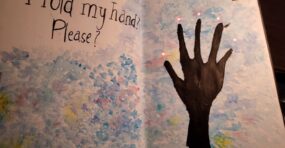
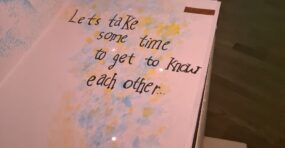
What impact do you hope your art installation has had, and will continue to have?
Nicolette and Zhansen: We hope this installation may evolve, telling a story that includes other parts of a person’s life (such as falling in love) alongside the dementia that this person experiences; we don’t want portrayals of dementia to just be portrayals of tragedy.
What words might you have for fellow young persons who might be considering creating things about dementia, or who might do so in the future?
Nicolette: I don’t have much to say, but I think sensitivity to and nuance about the message you intend to put out is important. Research, whether in literature or otherwise is important.
Zhansen: I think the most important thing is that we dared to try. We are also quite new to what dementia is, and there are many things to improve on. My approach is to create something about dementia first, then take feedback from different parties to improve on it. It’s never too late to begin!
This article has been lightly edited for clarity.
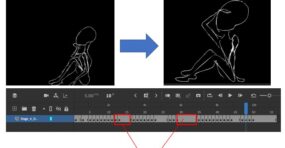
A part of the process for the creation of the installation’s video.
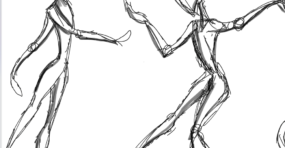
Sketches by team members for the installation’s animated videos.
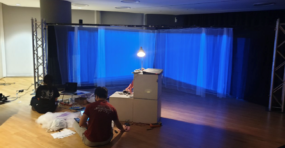
The team hard at work during their installation set-up process.
ABOUT THE CREATOR
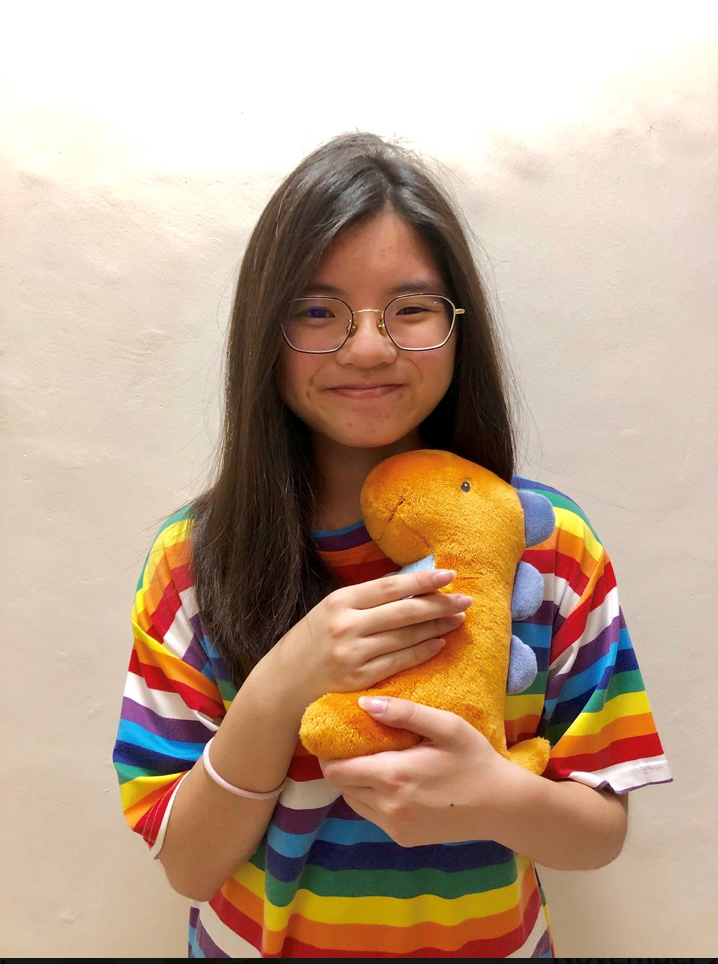
Nicolette Tan
Nicolette is a Year 4 NUS undergraduate with a double major in English literature and Innovation & Design, interested in public health, education and the arts. A dreamer at heart, she is especially enchanted by the works of Neil Gaiman and Frances Hardinge and would like you to know that a nice cup of coffee never goes amiss. When she is not buried in a book, she can be found trying to illustrate, or puzzle out a long string of code.
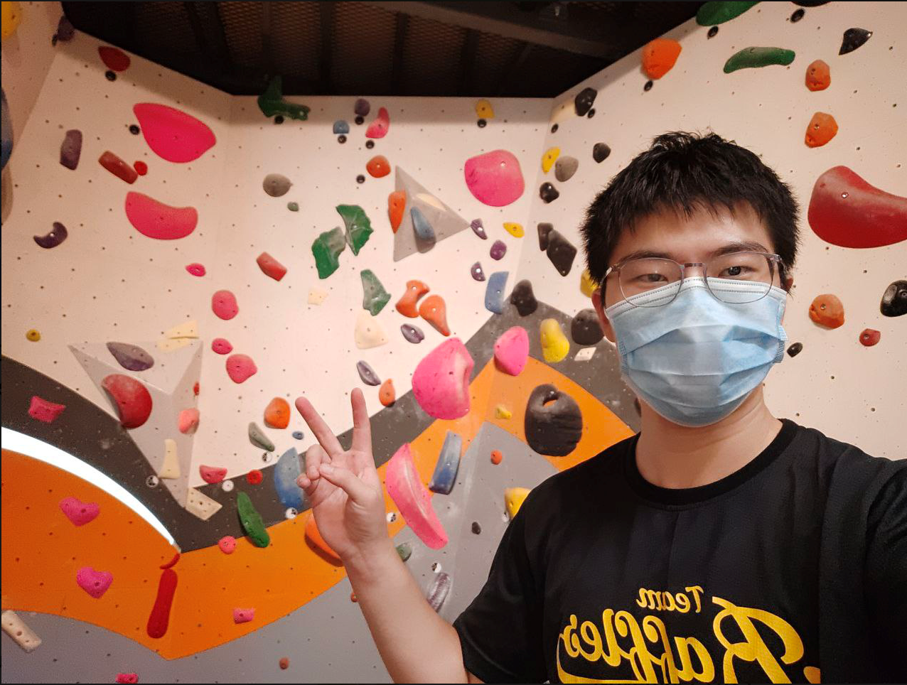
Shi Zhansen
Zhansen is a Year 4 undergraduate in NUS with a double major in Electrical Engineering and Innovation & Design. A fan of the works of Isaac Asimov, Cixin Liu and listening to opera, he can often be found running in NUS’s UTown or climbing a rock wall somewhere in Singapore. If you see him, do give him a wave – he is an extrovert and passionate about forging new friendships.

